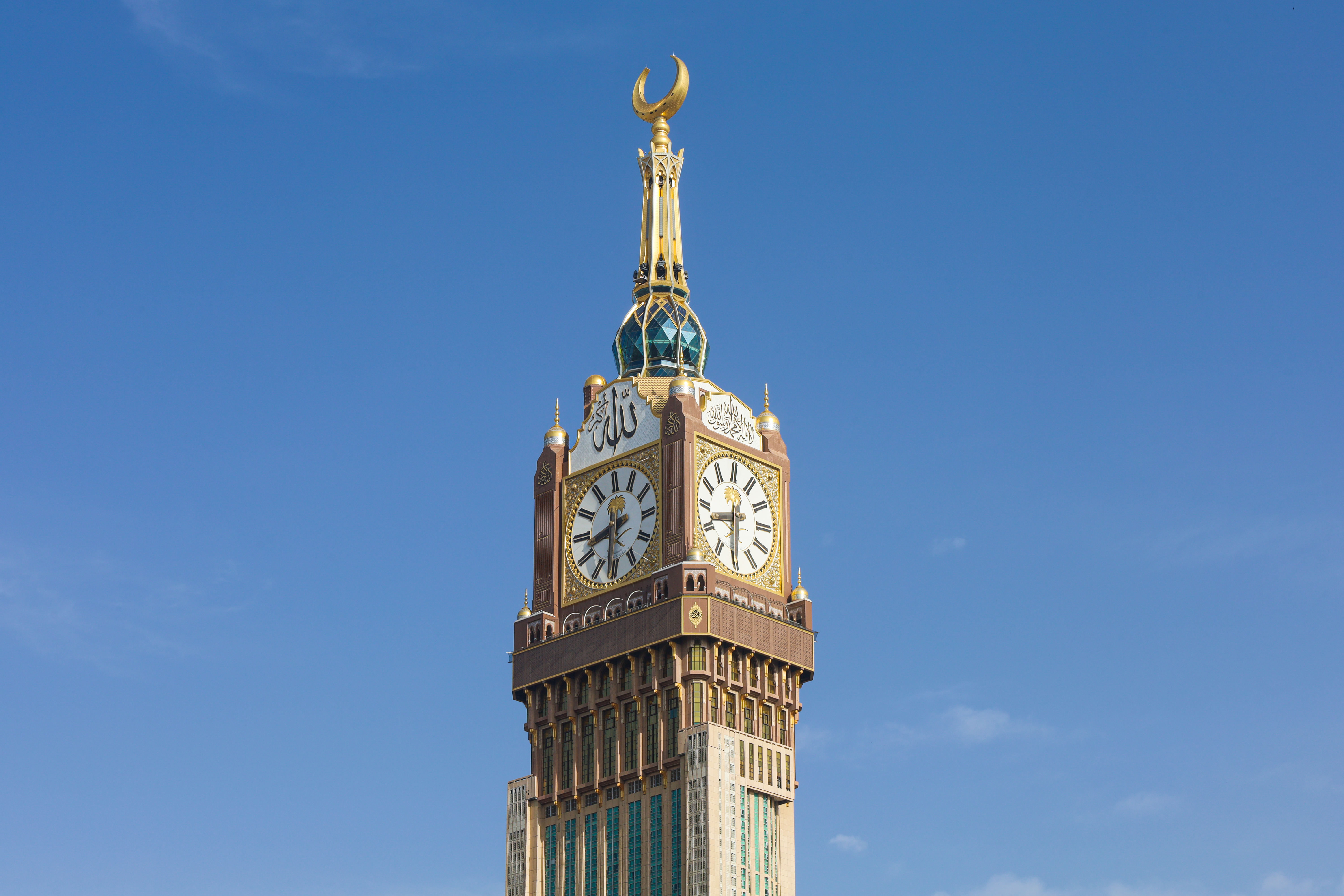Makkah Clock Tower

Makkah Clock Tower
This project involved providing fire engineering services for the museum at the Makkah Clock Tower. The primary goal was to provide construction administration and site inspection support to ensure the existing fire and life safety systems complied with the latest Saudi Building Code (SBC) and NFPA codes, and to secure final approval and a license from the Civil Defense (CD). The scope included 32 stories of the tower, from service level 6 to the top crescent.
Project Stages and Services
Aman International Engineering team provided a detailed, multi-stage process to ensure all requirements were met:
Existing Facility Audit and Final CD Approval Services
- As-built Drawings Verification: A comprehensive review of all as-built architectural drawings and fire safety system plans was conducted to evaluate compliance with applicable codes and standards.
- Site Survey and Functionality Testing: On-site surveys were performed, and functionality testing of the installed fire pumps, fire alarm systems, smoke control systems, and emergency lighting was witnessed to verify their working status and compliance with the reviewed drawings.
- Gap Analysis and Reporting: A detailed gap analysis report documenting all deficiencies and non-compliance issues found in the existing fire safety and protection installations was produced, along with recommendations for remediation.
- Final Submission to Civil Defense: The final submission package for the Civil Defense was prepared, including all necessary reports and documentation. The firm acted as the registered fire protection consultant to coordinate and secure the final approval and license.
Project Outcome
The project successfully navigated a rigorous audit and approval process, ensuring all fire and life safety systems within the Makkah Clock Tower Museum were fully compliant with the required codes and standards. Meticulous site surveys, functionality testing, and direct liaison with the Civil Defense were crucial in securing the final approval and license, ensuring the highest safety standards for this iconic structure.
